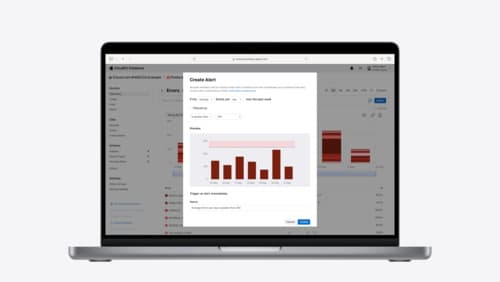how to use AlarmKit
Asked on 2025-06-11
2 searches
To use AlarmKit, you can follow these steps as outlined in the session "Wake up to the AlarmKit API" from WWDC 2025:
-
Authorization: Before scheduling alarms, ensure your app has the necessary authorization. Add
NSAlarmKitUsageDescriptionto your app'sInfo.plistand use theAlarmManagerto request authorization if needed. Learn more about authorization. -
Creating an Alarm: You can create alarms with specific schedules or countdowns. Alarms can have a fixed schedule (a specific date and time) or a relative schedule (recurring patterns). Customize the alarm's appearance and actions using the
AlarmButtonstruct and app intents. Learn more about creating alarms. -
Managing Alarms: Use the
AlarmManagerclass to manage the lifecycle of alarms. You can schedule, pause, resume, or cancel alarms using their unique identifiers. Learn more about managing alarms. -
Customizing Alarms: Customize the alarm's interface using live activities for countdowns, and define custom actions with app intents. You can also specify custom sounds for alarms. Learn more about customizing alarms.
These steps will help you integrate AlarmKit into your app, allowing you to create and manage alarms effectively.

Wake up to the AlarmKit API
Rrrr-rrrrr-innng! From countdown timers in your recipe app to wake-up alarms in your travel planning app, the AlarmKit framework in iOS and iPadOS 26 brings timers and alarms to the Lock Screen, Dynamic Island, and more. Learn how to create and manage your app’s alarms, customize their Live Activities, and offer custom alert actions using the App Intents framework. To get the most from this video, we recommend first watching “Meet ActivityKit” from WWDC23.

Use CloudKit Console to monitor and optimize database activity
Discover the new observability features in CloudKit Console. Learn how to use Telemetry and Logging to troubleshoot and optimize your app. Find out how to set up alerts to monitor your application’s behavior and notifications to stay on top of the container events that are most important to you. To get the most out of this session, we recommend being familiar with CloudKit containers.
